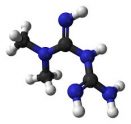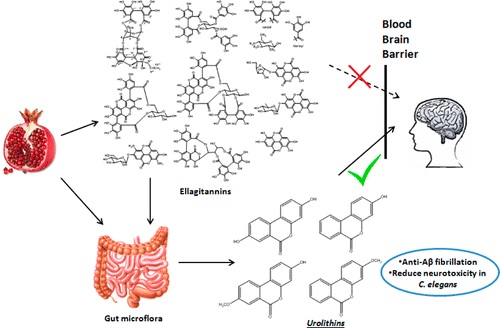C’est une découverte prometteuse de chercheurs du Centre de recherche sur le cancer de Toulouse d’un métabolite suppresseur de tumeur, issu du métabolisme combiné du cholestérol et de l’histamine -une molécule naturellement produite par le corps (ou apportée par l’alimentation). Ce métabolite humain rare pourrait donner lieu au développement de nouveaux traitements contre le cancer, selon ces travaux, présentés dans la revue Current Medicinal Chemistry.
Les chercheurs de Toulouse, Sandrine Silvente-Poirot, Florence Dalenc et Marc Poirot expliquent le processus qui les a conduits à découvrir ce métabolite et décrivent ses propriétés pharmacologiques : l’équipe identifie ici une enzyme impliquée dans le métabolisme du cholestérol -5,6-époxyde, cible du Tamoxifène* (*hormonothérapie qui va bloquer l’action des hormones oestrogènes sur les cellules cancéreuses) : précisément, le Tamoxifène induit une production de 5,6-CE dans les cellules cancéreuses mammaires. Les chercheurs font donc l’hypothèse d’une nouvelle voie métabolique prometteuse, à partir de la transformation métabolique du cholestérol -5,6-époxyde. Ils montrent que le métabolisme du cholestérol » 5,6α-EC » avec l’histamine va produire cette molécule, la dendrogénine A (DDA).
Les promesses de la dendrogénine A : DDA présente une forte activité pour induire une activité de différenciation cellulaire à faible dose ce qui suggère son caractère endogène. Les chercheurs constatent ensuite que les niveaux de DDA sont fortement diminués dans les tumeurs, suggérant l’implication de DDA dans les cancers.
» Plus fort « , combler cette carence en DDA dans des tumeurs chez des souris modèles, induit un effet anticancéreux puissant et à de faibles doses, ce qui semble confirmer la fonction physiologique de DDA dans le maintien de l’intégrité cellulaire et la différenciation.
DDA, premier alcaloïde stéroïdien trouvé à ce jour chez les mammifères : sa découverte révèle ainsi l’existence d’une nouvelle voie métabolique chez les mammifères au carrefour du cholestérol et le métabolisme de l’histamine qui conduit à la production d’un gène suppresseur de tumeur métabolique.
On l’aura compris, cette étude un peu complexe, aboutit sur un composé anticancéreux puissant et prometteur.
Source: Current Medicinal Chemistry Jan, 2016 DOI: 10.2174/0929867322666150716114912 Dendrogenin A: A Mammalian Metabolite of Cholesterol with Tumor Suppressor and Neurostimulating Properties (Visuel@Bentham Science Publishers & Dr. Marc Poirot)
link : http://blog.santelog.com/2016/01/18/cancer-decouverte-dun-suppresseur-de-tumeur-puissant-et-prometteur-current-medicinal-chemistry/
 mixing is the key to successfully scale-up a chemical reaction. In a tank reactor, for example, chemical reactions often involve mixtures of reactants in several physical states, whether liquid, gas or solid. This requires massive interface contact. Incorrect or poor mixing can lead to reduced reaction rates, increased reaction impurities and reduced yields, often resulting in increased manufacturing costs.
mixing is the key to successfully scale-up a chemical reaction. In a tank reactor, for example, chemical reactions often involve mixtures of reactants in several physical states, whether liquid, gas or solid. This requires massive interface contact. Incorrect or poor mixing can lead to reduced reaction rates, increased reaction impurities and reduced yields, often resulting in increased manufacturing costs.




